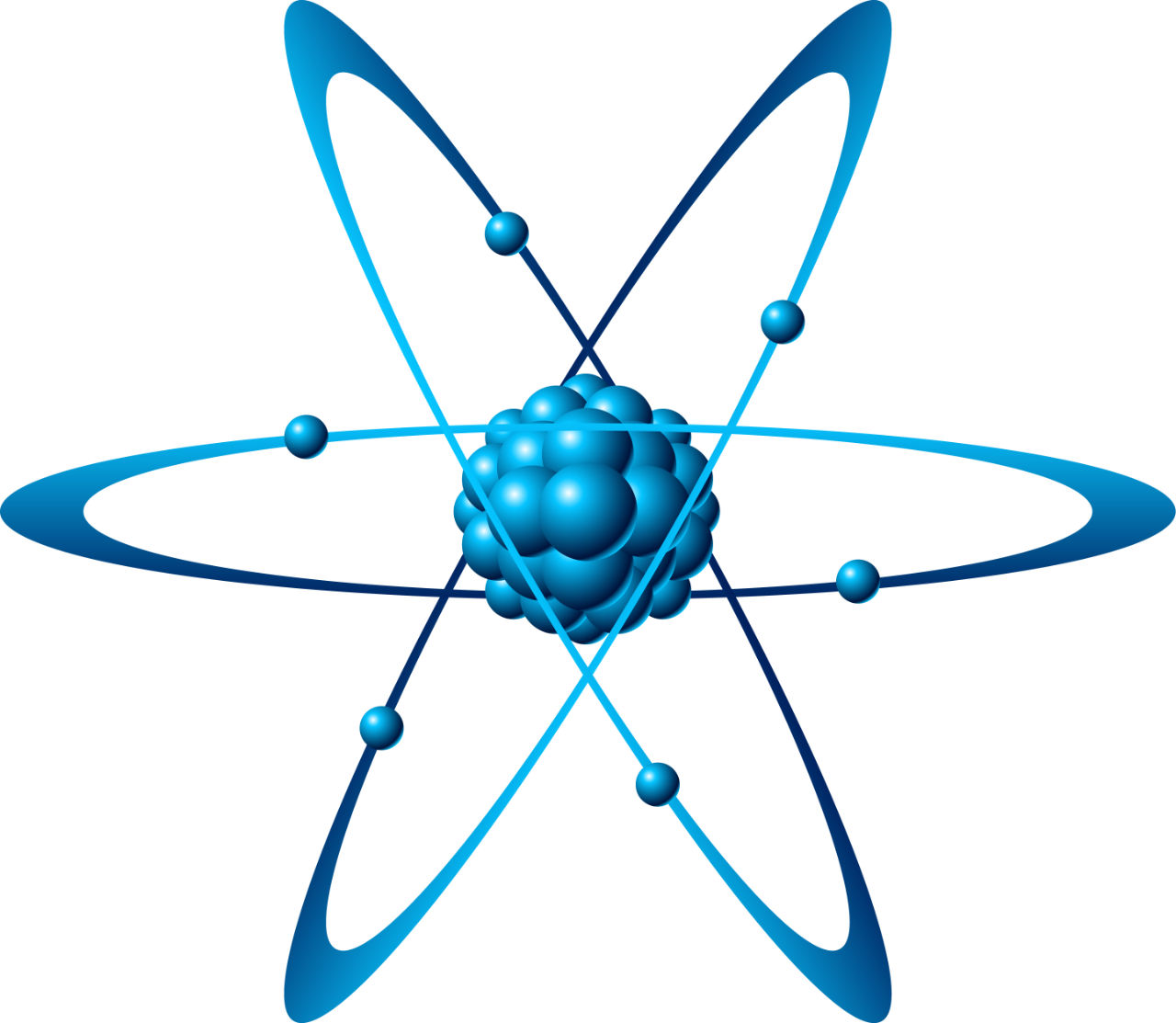
The primary goal of our Relativistic Heavy Ion Group’s experiments is to recreate in the laboratory a new state of matter, the quark-gluon plasma (QGP), which is predicted to have existed ten millionths of a second after the Big Bang (origin of the Universe) and may exist in the cores of very dense stars.įor further information on our nuclear physics experimental research, see Yale Wright Laboratory and Relativistic Heavy Ion Group. Understanding the origin and phases of matter is a central goal of experiments in relativistic heavy ion physics. Nuclear and particle physicists from around the world come to Jefferson Lab to perform world-class research in the labs. We explore a tumultuous century of nuclear physics starting with the discovery of the atomic nucleus and look at whats in store for the next 100 years. Nuclear physicists seek to understand not just the familiar forms of matter we see around us, but also exotic forms such as those that existed in the first moments after the Big Bang and that exist today inside neutron stars. These projects will utilize novel quantum sensors to enhance their experimental sensitivity. The mission of the Nuclear Physics (NP) program is to solve this mystery by discovering, exploring, and understanding all forms of nuclear matter. Our nuclear physics experiments include the search for neutrinoless double beta decay, which, if found, could indicate that the neutrino is its own antineutrino and the direct measurement of the neutrino mass through beta decay.


Nuclear physics series#
This book emerged from a series of topical courses the authors delivered at the Ecole Polytechnique and will be useful for advanced undergraduates and for scientists in a variety of fields.Probing the nature of neutrinos and testing fundamental symmetries is one of the top priorities in experimental nuclear physics. As a primer this course will lay the foundations for more specialized subjects within the vast domain of nuclear physics as a whole. The book ends with a presentation of the latest ideas about cosmology. Nuclear physics began with the discovery of radioactivity, transmutation of matter, and the discovery of the nucleus. This leads directly into nuclear astrophysics and nucleosynthesis. The discussions of fission and fusion emphasize nuclear energy production. Reactions and decays are discussed both phenomenologically and from the point of view of fundamental electro-weak interaction theory. The experimental nuclear physics subgroup seeks to understand the forces that shape atomic nuclei and their interactions. The book then develops elementary nuclear models and illustrates nuclear systematics with experimental data. The Nuclear Theory group studies a broad range of problems involving the strong interaction. While Nuclear Physics has long been concerned with understanding the properties of the atomic nucleus, the field of High Energy Nuclear Physics is concerned. The physics is introduced with arguments based on simple ideas such as the empirical structure of nuclear forces and its interplay with the Pauli principle and Coulomb repulsion. Each atom of fuel contains a central particle called the. This course explores nuclear physics and its applications ranging from the structure of nuclei and their reactions, to astrophysics and cosmology. Nuclear power gets its name because the process of power production takes place inside the nucleus. The Nuclear Science Laboratory at Notre Dame is the longest continuously operating accelerator lab at any U.S.


 0 kommentar(er)
0 kommentar(er)
